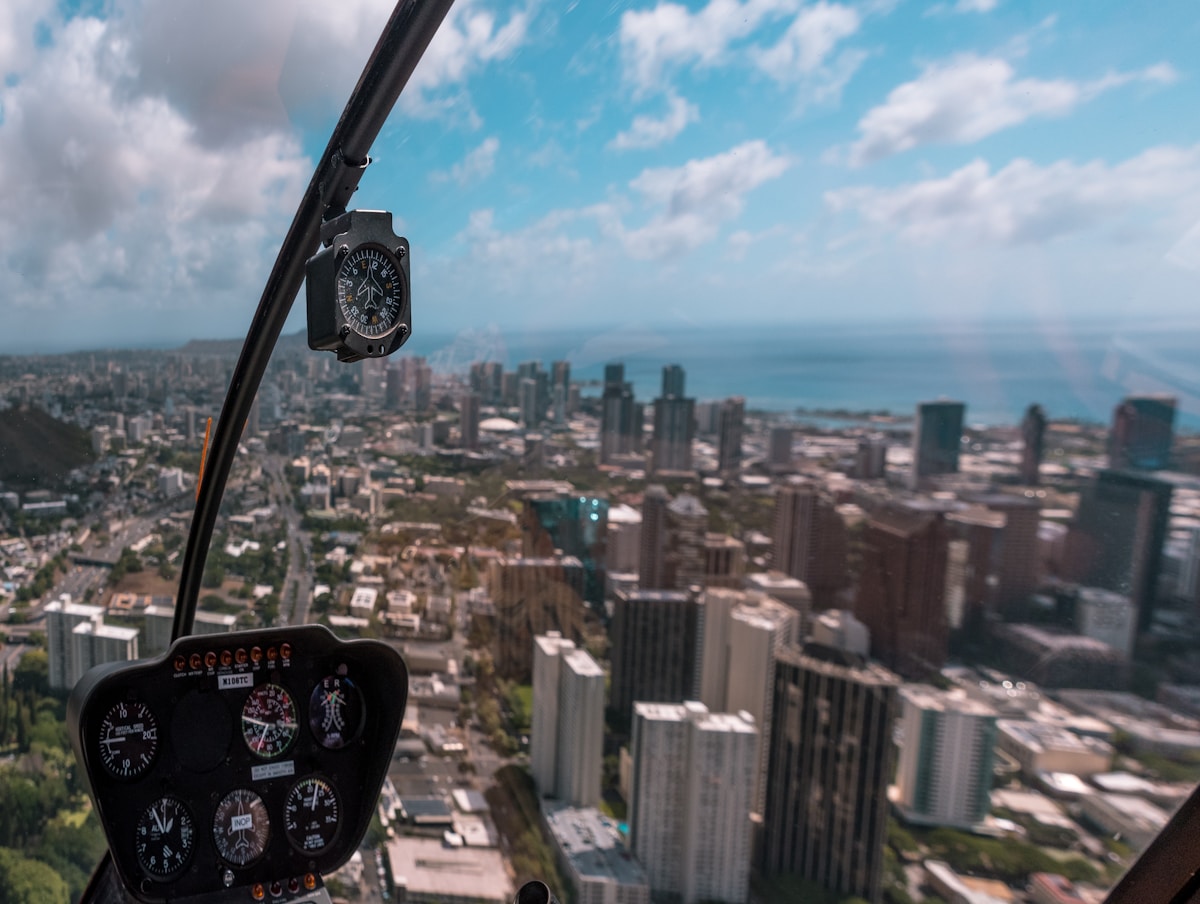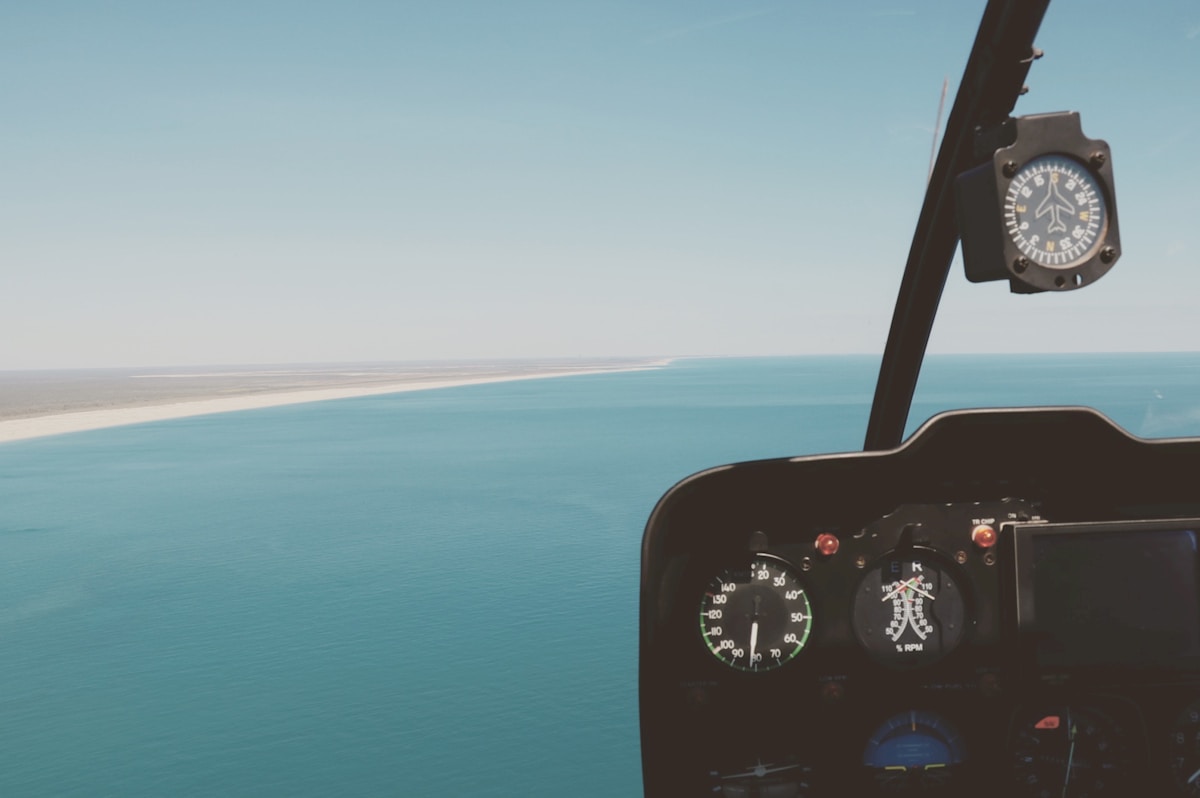Regional Air Mobility Realities

The market for regional air mobility
Lilium is “developing, building and launching an electric regional air mobility service connecting people across regions”, but then so are companies like Eviation, Heart Aerospace and Faradair using electric, and hybrid electric, takeoff and landing aircraft.
There certainly is a market for regional city to city and for rural air mobility using electric aircraft in the form of #eCTOL (Eviation Alice, Heart ES19 and Tecnam P-VOLT), #eSTOL- Airflow.aero and Electra.aero , #eSTOVL – both the Beta Alia and Joby S4 have demonstrated conventional takeoff and landing capability during development) and also #eVTOL like the Dufour Aero 3 and Lilium Jet), not only in developing countries with limited rail and asphalt/tar roads, but also in the US and Canada which lack a real city to city high speed rail network.
Figure 1 – Photograph by Lilium
The question is still how big a market is there for how many flights per day per aircraft on average (Cape Air averages 4 per day per aircraft in the peak season, mostly operating under a Federal Essential Air Service contract.
Commuta Air flies around 1600 flights per week to about 56 destinations with 76 fifty-seater Embraer ERJ145 aircraft which equate 3 flights per aircraft per day. Given that businesspeople generally want to depart early morning and come back late afternoon to get the most value from a business trip, to provide a competitive service Lilium would need to match Commuta’s service in peak times.
The question remains as to how much the century old regional aviation market will grow in developed countries, where the viable routes are already serviced by the Cape Airs, the Commuta Airs, and the big city pairs by the major airlines and LCCs, with Lilium aiming to have about 10 Cape Airs worth of aircraft (950) in service by 2027, each flying 25 flights per day (2021 Analyst presentation page 42)
Figure 2: Photograph by Cape Air of a Tecnam P-2012
One also must ask why the leaders in winged eVTOL, Joby Aviation with a similar range and proven quieter eVTOL, are not targeting this "highly profitable" VTOL segment, currently dominated by the Airbus H125 and Bell Flight 407GX, which only number 100s globally in this role.

While there certainly are city pairs where eVTOL makes sense, why are Lilium targeting routes in Florida for example, where there are existing small airfields and airports close to city centers, that would provide faster more efficient services using larger conventional takeoff and landing (hybrid) electric aircraft?
Figure 3: Table by AVbuyer - https://www.avbuyer.com/articles/helicopter-comparison/bell-407-vs-airbus-h125-109789
Designed for success?
7-seater Lilium Jet are claiming a similar range and quote a similar range with pack / pouch level battery energy density of 330 wh/kg (could be about 220 wh/kg at pack level) to the much lighter 5-seater Joby S4. which is already flying. The Joby S4 recently set an unofficial world eVTOL distance record of 154 miles on their battery packs, but it is unclear what the payload (including the weight of the pilot was) for that record attempt was.
Lilium are claiming to require only a 305kwh battery pack for the 7-seater to power 36 high disc loading ducted small rotors. Lilium claimed 1490kw for the 5-seater Jet. The Lilium Jet is targeting an MTOW of 3175Kg (7000lbs) and an empty weight including batteries of at least 2475 kg (5456lbs), with 305kwh battery packs at 330wh/kg weighing about 924kg or 29% of MTOW (at 220wh/kg that would 1386kg / 44%).
Joby are looking at an empty weight including batteries of 1814 kg (4000lbs) for the S4 and a MTOW of 2178kg (4800lbs), and in a presentation were targeting a battery pack(s) weighing 35% of MTOW (762kg) which at 330wh/kg is about 251kwh (or 168kwh at 220wh/kg) to power six 70kw motors (420kw in total) with large low disc loading rotors.
2024 entry to service?

While both Joby and Lilium have put together formidable teams for their type certification teams, 2024 is a tough target for Joby, even though the long-drawn-out decade long and counting Leonardo AW609 tilt rotor type certification has helped the FAA to understand tilt rotor aircraft type flight envelopes and characteristics.
The Lilium Jet is a vectored thrust aircraft type, which has yet to make its first flight, let alone a successful transition, so 2024 for entry to service would be BHAG of note for any aerospace company, even for a basic general aviation type aircraft.
When it comes to VTOLs, the twin engine Airbus H160 made its first flight in June 2015 and was planned to enter service in 2018 but was only type certified by the EASA in July 2020, which is a sobering thought for any eVTOL developer.
In conclusion

The regional air mobility market is a tough market and dominated by regional connectors, like United’s Commuta Air and Cape Air, so one needs to be realistic in projecting the size of the market in developed markets, both in terms of aircraft sales and utilization, and the market for alternative, sustainable passenger air services regionally.
One also needs to consider which aircraft type and aircraft is best suited to each city pair route. Longer routes will require hybrid electric aircraft and the choice of eCTOL, e STOL, eSTOVL and eVTOL will be based on whether each of the cities for each city pair have airports close to or adjacent to, or vertiports in, the central business district or city center

Figure 4: Picture by Embraer of a Commuta Air ERJ145
References:
Lilium Jet 7-seater: